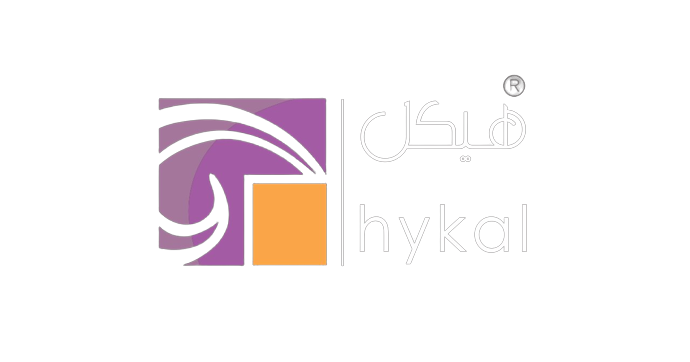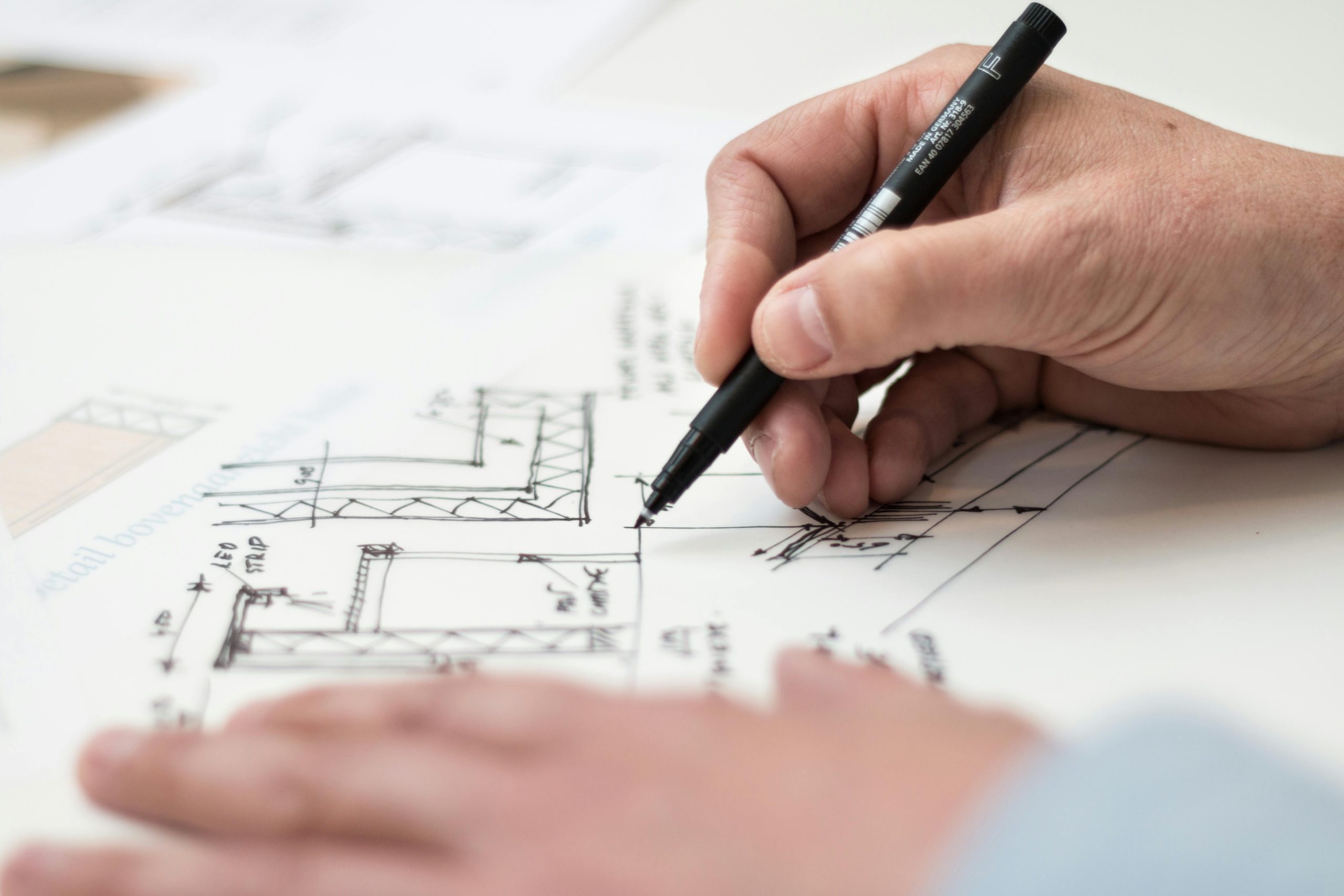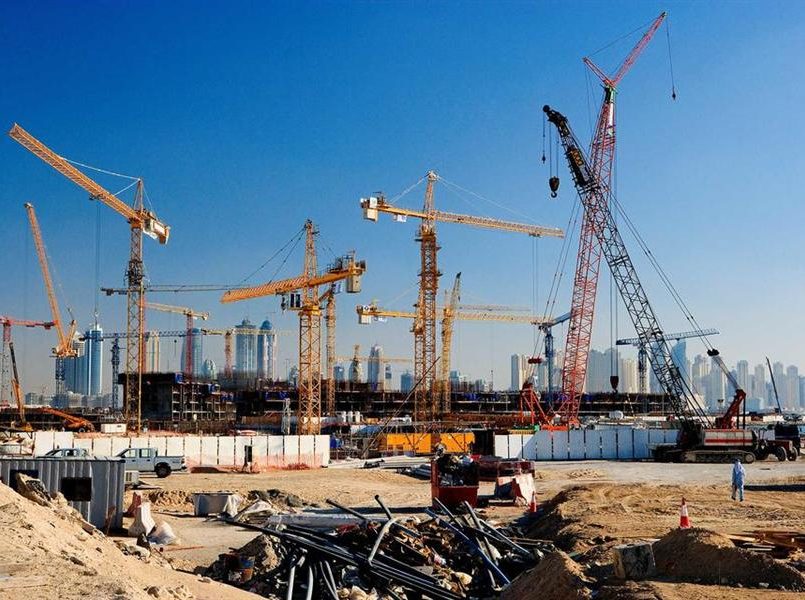The Importance of Feasibility Studies in Mega Projects in the Kingdom of Saudi Arabia
The Importance of Feasibility Studies in Mega Projects in the Kingdom of Saudi Arabia
In recent years, the Kingdom of Saudi Arabia has embarked on a transformative journey under Vision 2030, one that includes the development of large-scale, ambitious mega projects across the country. From the futuristic city of NEOM to cultural and tourism hubs such as Qiddiya and The Red Sea Project, the scale and ambition of these developments are unprecedented. However, behind every successful mega project lies a crucial and often underestimated phase: the feasibility study.
Feasibility studies are not merely an academic or bureaucratic formality. They serve as the foundation upon which all future decisions for a project are made, including technical, financial, environmental and strategic considerations. For architects, engineers, consultants, developers, and public stakeholders across Saudi Arabia, understanding the importance of this process is essential to ensuring that a project is viable, sustainable and aligned with national goals.
What is a Feasibility Study?
A feasibility study is a comprehensive assessment of the practicality of a proposed project or system. It evaluates whether the project is technically possible, economically viable, legally permissible and environmentally sustainable. This analysis typically includes:
- Market analysis
- Financial projections and ROI estimations
- Technical assessments
- Regulatory and legal compliance
- Environmental and social impact reviews
- Operational feasibility
In the context of mega projects, which can span hundreds of square kilometers and involve billions of riyals in investment, feasibility studies become even more vital due to the complexity and scale involved.

Why Feasibility Studies Matter for Saudi Mega Projects
- Alignment with Vision 2030 Objectives
Vision 2030 has defined clear goals for diversifying the Saudi economy, developing non-oil sectors, and improving quality of life. Mega projects play a significant role in achieving these objectives. However, without proper feasibility assessments, there is a risk of misalignment, whether through misplaced investments, underutilized infrastructure, or failing to attract the target demographics.
A thorough feasibility study helps ensure that every element of a project, from land use planning to financial returns, is in harmony with the broader national vision.
- Optimizing Investment and Funding
With massive capital involved, investors, both public and private, require confidence in a project’s return on investment. Feasibility studies provide this assurance by quantifying potential revenue streams, identifying financial risks and suggesting mitigation strategies.
This is especially critical in the Kingdom, where Public Investment Fund (PIF) involvement, international partnerships and foreign direct investment are increasingly tied to strategic and economic performance indicators.
- Improving Risk Management
Mega projects often face complex challenges: unexpected site conditions, regulatory hurdles, community resistance and environmental constraints. A feasibility study identifies these risks early and evaluates possible responses, whether through design modifications, phased implementation or alternative funding models.
In the harsh and variable geographies of Saudi Arabia, from desert plains to coastal regions, early technical assessments of terrain, water supply and infrastructure connectivity can save millions in future redesigns or delays.
- Enabling Smarter Design and Engineering
Feasibility studies provide critical inputs to the planning and design process. By understanding user demand, operational needs and physical constraints from the outset, architects and engineers can craft more effective, efficient solutions.
Take transportation corridors within a large mixed-use development as an example. A feasibility study might reveal peak travel times, preferred modes of transport or geographic bottlenecks, allowing the engineering team to develop an optimised, future-ready mobility network.
- Facilitating Governmental and Regulatory Approvals
In Saudi Arabia, navigating approvals from multiple government entities, such as the Ministry of Municipal and Rural Affairs (MoMRA), the Saudi Green Building Code or Royal Commission regulations, can be complex. Feasibility studies streamline this process by ensuring that proposed plans already consider local guidelines, sustainability mandates and long-term urban planning strategies.
Early engagement with authorities during the study phase often leads to smoother approval pathways and fewer rejections or design changes later.
Case Study: NEOM and the Role of Feasibility
One of the clearest examples of feasibility’s value can be seen in NEOM. This SAR 1.8 trillion smart city represents not just a new urban centre, but a redefinition of how cities can function. Before the first stone was laid, extensive feasibility studies were conducted covering:
- Geotechnical conditions for infrastructure
- Renewable energy potential from wind and solar sources
- Environmental impact on Red Sea ecosystems
- Livability indices for future residents
- Tech-readiness and innovation adoption
These studies informed everything from city layout to legal frameworks, helping NEOM to move from a bold concept to a tangible project already in progress.
Cultural and Local Context: Why It Matters in KSA
Saudi Arabia presents a unique socio-economic and environmental context. Feasibility studies conducted here must go beyond international benchmarks and incorporate local customs, climatic realities, tribal land rights and religious considerations.
Local customs and societal structures play a central role in how spaces are designed, accessed and experienced. For instance, the inclusion of mosque locations within urban planning is not just a functional requirement but a cultural and religious necessity. Provisions must be made for adequate access, orientation toward the Qibla, and integration with surrounding infrastructure. Similarly, prayer timing implications influence the design and programming of public spaces, transportation schedules, commercial operations and even lighting systems.
Gender-sensitive facilities are another vital consideration. In line with cultural expectations and evolving national policies, feasibility studies must assess how to accommodate both traditional norms and modern inclusivity. This could affect everything from zoning layouts and circulation paths to the design of recreational and hospitality areas.
Environmental feasibility is equally nuanced. Saudi Arabia’s diverse terrain, from arid deserts to coastal zones, requires careful analysis of climate conditions such as high temperatures, sandstorms, and limited water availability. These environmental factors directly inform decisions related to energy use, building materials, landscaping and sustainability measures.
Furthermore, tribal land ownership and community dynamics must be respected. Understanding and engaging with local communities during the feasibility stage can help avoid future disputes and foster a sense of ownership and support for the project.
Lastly, historical and heritage preservation plays an important role in project planning. Sites near culturally significant areas must comply with the guidelines of the Saudi Heritage Commission and other regulatory bodies. This may include archaeological surveys, heritage impact assessments and design alterations to protect or integrate historical elements.
Incorporating all of these cultural, social and environmental aspects into feasibility studies not only ensures regulatory compliance but also promotes long-term acceptance and success. It aligns the project with the Kingdom’s values and fosters community engagement, which are key elements in building sustainable, inclusive and future-proof mega developments in Saudi Arabia.
The Role of AEC Professionals
For architecture, engineering and construction (AEC) professionals, feasibility studies are not just a precursor, they are an opportunity. This phase allows firms such as HYKAL and other local consultants to:
- Position themselves as strategic partners, not just service providers
- Demonstrate a deep understanding of Saudi Arabia’s regulatory landscape
- Bring innovative, locally adapted ideas to the forefront
- Secure long-term trust with developers, investors and government stakeholders
Moreover, collaborating on feasibility studies builds better project synergy across disciplines. Architects better understand budget and infrastructure limitations. Engineers can pre-empt construction challenges. Contractors are better informed about sequencing and sourcing.
Conclusion
In a rapidly evolving landscape like Saudi Arabia, where the Vision 2030 agenda is transforming cities, industries and societal norms, the importance of comprehensive feasibility studies for mega projects cannot be overstated. These studies are not merely procedural checklists but foundational tools that shape the direction, success and sustainability of a project.
By addressing technical, financial, legal, cultural and environmental factors at the outset, stakeholders can anticipate challenges, allocate resources more efficiently and ensure alignment with national development goals. In the context of the Kingdom, this also means being attuned to local regulations, community dynamics, and environmental limitations, which are integral to long-term viability and acceptance.
Feasibility studies act as a risk management strategy, a decision-making framework and a value engineering mechanism all at once. For public and private sector leaders, this means fewer delays, more predictable outcomes, and a stronger return on investment.
As Saudi Arabia continues to attract global attention with its giga-projects and new city developments, AEC professionals must lead with diligence, foresight and cultural intelligence. A well-conducted feasibility study is not just a box to be ticked; it is a declaration of intent, signaling a project’s seriousness, sustainability and sensitivity to the context in which it operates.
At HYKAL, we believe that investing time and effort into feasibility is investing in success. The future of the Kingdom’s built environment depends on bold visions grounded in reality, and it all begins with a thorough understanding of feasibility.



